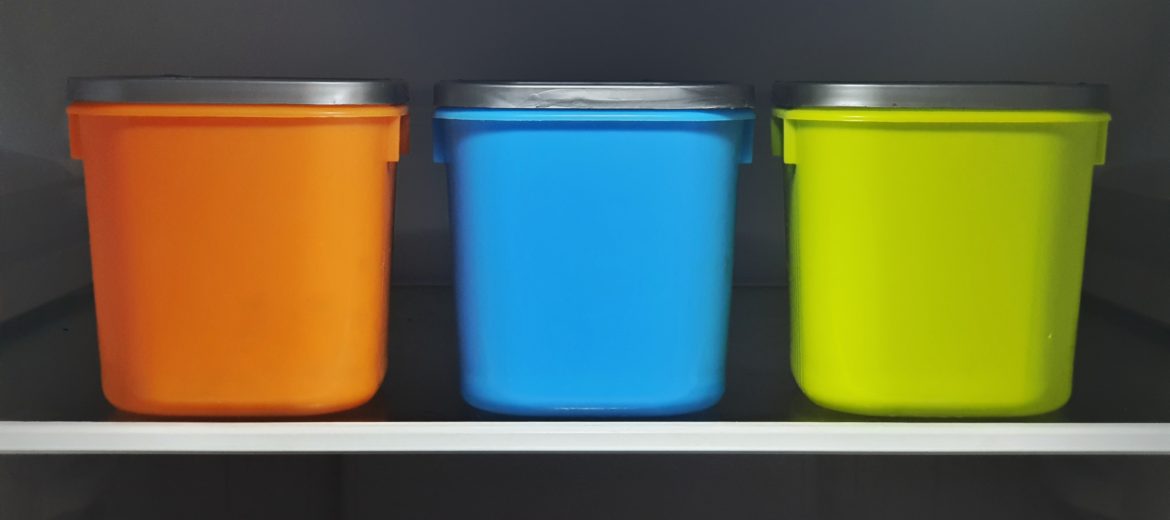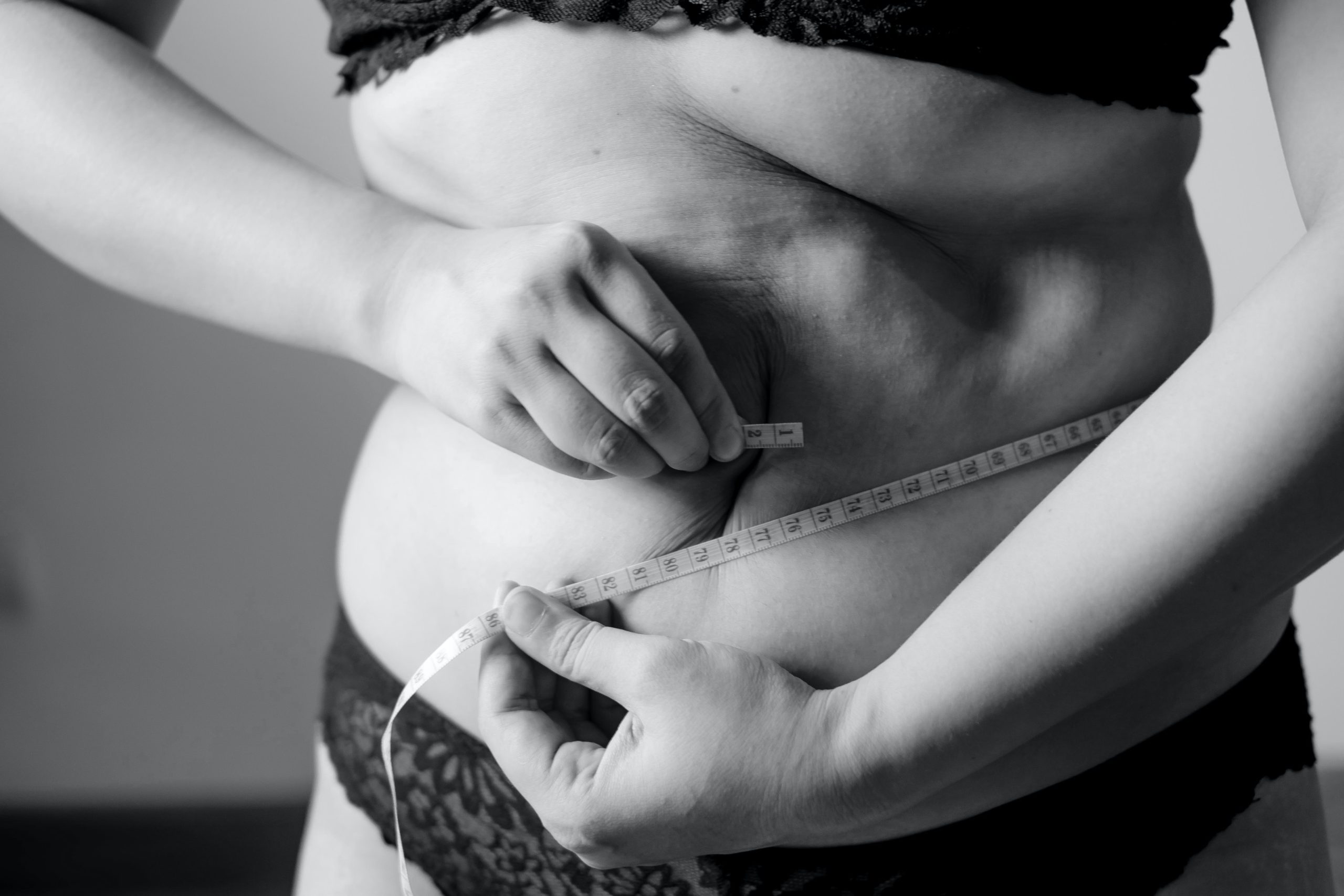Could endocrine disruptors such as BPA be to blame for your stubborn weight, hormone imbalances and unhappy skin? If so, you want to know how they work in the body and what you can do to support detoxification of them.
What are endocrine disruptors?
Endocrine disruptors are chemicals that can mimic or interfere with actions of endocrine hormones, including:
- Oestrogens
- Androgens
- Pogestins
- Thyroid hormones
- Hypothalamic hormones
- Pituitary hormones
- Insulin
They are typically found in things such as pesticides, plastics, anti-microbial products, and flame retardants.
What do endocrine disruptors do?
There are a few ways that endocrine disruptors can interfere with your health:
- Mimic hormones – for example, oestrogen. This can feed into oestrogen dominance, hormone-related cancers, fibroids and endometriosis
- Block hormones – for example, insulin. They can bind to the receptors and block the action, and the body responds by pumping out more of it and throwing off the balance
- Disrupt feedback mechanisms – for example, thyroid hormones. By interfering with this, it can cause you to become hypothyroid or hyperthyroid.
BPA is one of the most common endocrine disruptors
Some of the places you might be exposed to BPA include:
- Plastic bottles
- Plastic containers
- Baby bottles – particularly when heated, scrubbed or washed in a dishwasher
- Plastic bags
- Takeaway coffee cups
- Crowns and fillings
- Everyday plastic items around the home
Some claim that the BPA level found in things like water bottles are within safe limits. That might be true for someone who is healthy and not taking any medication. But if you use medication that uses the same detox pathways, have impaired detox pathways due to e.g. MTHFR, or have liver or gut damage, it may not be safe for you.
It is also not at safe levels for babies. Exposure to BPA can result in changes to the genital tract and mammary glands, predisposing them to risk of disease, reduced fertility and even cancer of the breast and prostate.
It is important to note that BPA-free is not necessarily a safer alternative. There is less research into its effects long-term, but it has a similar effect on the body to BPA.
How the body detoxifies BPA
The liver detoxifies BPA through two main pathways in phase 2 – glucuronidation and sulfation.
When it is detoxified, it is transformed into a compound that the body can safely remove and then is passed through the bile. But if you don’t have a gallbladder or your bile levels are low, it could be reabsorbed into the body.
BPA is detoxified through the same pathways as:
- Cortisol
- Oestrogen
- T4 (thyroid hormone)
- Testosterone
- Amines
- Steroid hormones
- Medications such as aspirin and ibuprofen
- Fungal toxins from mould and candida
If you are already exposed to some or all of these, your liver pathways can become sluggish. It takes you longer to detoxify BPA, so the body responds by storing it away in fatty tissue to protect you from further damage.
If you fast or lose weight quickly, you can release a lot of this BPA back into the bloodstream, which can cause inflammation, tissue damage and resulting symptoms.
How to support detoxification of BPA
Now that you know why endocrine disruptors such as BPA are such a concern, how can you aid the detox process? There are 4 steps that can help support the body’s natural detoxification pathways:
Reduce exposure to BPA
The first way is to reduce your exposure to BPA and other disruptors. This can include swapping plastic containers for glass or steel options, using Pyrex, and investing in a glass or stainless steel coffee cup.
By reducing your exposure, you reduce the load on the liver. This allows your body to better detoxify what is already present in the blood and tissues.
Support the liver
The next step is to support the liver, so it can effectively detoxify the endocrine disruptors from the body. You can include food and supplements to aid in sulfation and glucuronidation, as well as general liver support steps.
Sulfation:
- Eggs
- Broccoli
- Cabbage
- Brussel sprouts
- Cauliflower
- Raw garlic
- Onions
- Leeks
- Shallots
If you can’t handle these types of foods due to digestive issues, you may like to add a tissue salt supplement that contains sulphate. You can also add SAM-e, MSM or Epsom salt baths to boost your intake.
Glucuronidation:
- Agar-agar gel
- Green apples
- Dill
- Limonene (found in peels of citrus fruits such as lemon, orange, lime and grapefruit)
- Caraway seeds
- Fennel
General liver support:
- B vitamins
- Glutathione
- Amino acids
- Probiotics
- Activated charcoal
- Calcium-D glucorate
You want to support your liver for at least 4 weeks before taking the next step. It’s also best to do at least 4 weeks before attempting to lose weight, otherwise you may experience serious side effects.
Mobilise the toxins
The next step is to mobilise the fatty tissues and the toxins within – including BPA. The easiest way to do this is through physical activity or exercise.
Any form of exercise that you enjoy that gets you sweating can help to mobilise the BPA, so it can be detoxified from the body. If you are wanting to lose weight, you can also add in acetyl-l-carnitine to boost your efforts.
Add physical cleansing methods
Finally, you can add in physical cleaning methods including:
- Dry skin brushing every day
- Infrared sauna weekly
- Epsom salt baths
- Hot yoga
You can also add spirulina at this stage to help remove endocrine disruptors from the body.
Want to get started on supporting your liver and detoxification pathways?
I have a free 3 Day Kickstart Cleanse you can join with right here.


